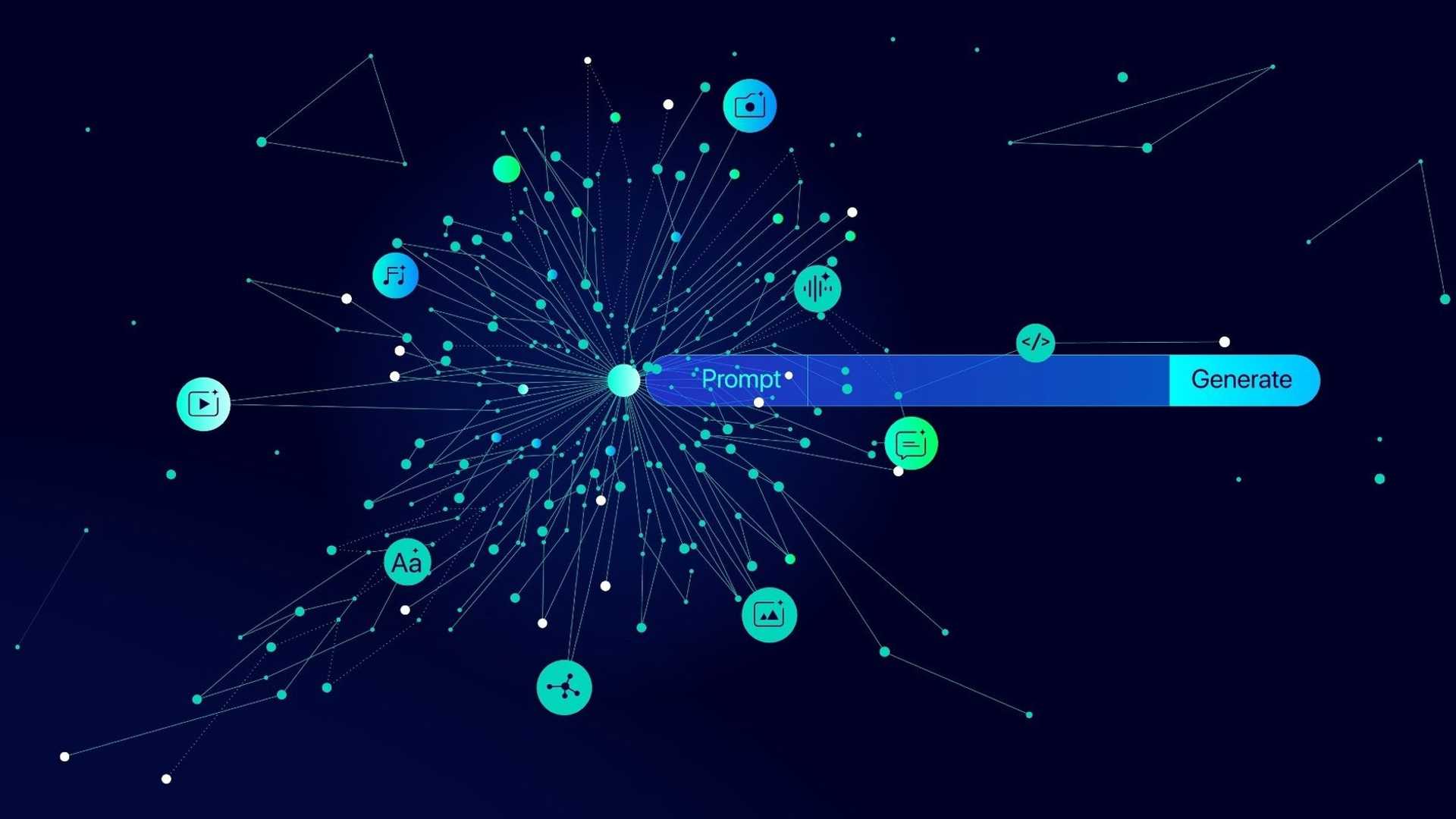Dive into groundbreaking research that unveils the hidden gaps in AI reasoning and offers new tools to ensure consistent and reliable performance in real-world applications
Research: Are Your LLMs Capable of Stable Reasoning? Image Credit: Krot_Studio / Shutterstock
In a recent article posted on the arXiv preprint server, researchers at Shanghai AI Laboratory explored the capabilities of artificial intelligence (AI) techniques, particularly large language models (LLMs), in complex reasoning tasks, focusing on mathematical problem-solving. They aimed to highlight a significant gap between LLMs' performance on benchmark tests and their effectiveness in real-world applications, emphasizing the need for more robust evaluation metrics to assess model stability and reliability. 
The Evolution of LLMs in Natural Language Processing
LLMs, such as the generative pre-trained transformer version 4 (GPT-4) developed by OpenAI and the LLaMA series presented by Meta AI, have transformed natural language processing tasks. These models have demonstrated exceptional capabilities in generating human-like text and solving complex problems. LLMs leverage large datasets and advanced machine-learning techniques to understand context, generate coherent responses, and perform reasoning tasks.
The Need for New Evaluation Metrics
Existing evaluation protocols mainly focus on metrics like Greedy Accuracy and Pass@K, which measure peak performance but fail to capture model behavior across multiple attempts. These traditional metrics often overlook the nuances of output stability and consistency, particularly critical in complex reasoning tasks. This gap is especially critical in complex reasoning tasks like mathematical problem-solving, where accuracy and consistency are crucial for reliable results. 
Introducing Innovative Evaluation Metrics
In this paper, the authors developed a comprehensive evaluation framework that accurately reflects the reasoning capabilities of LLMs. They introduced two innovative metrics, including G-Pass@k and LiveMathBench. The G-Pass@k metric enhances evaluation by considering both the potential and stability of model performance across multiple sampling attempts, providing a nuanced understanding of model behavior.
Experimental Validation
To validate the effectiveness of the G-Pass@k metric, the researchers conducted extensive experiments using LiveMathBench, which includes challenging mathematical problems specifically designed to minimize data leakage risks during evaluation. The outcomes indicated significant insights into LLMs' performance when evaluated using the G-Pass@k metric, highlighting the limitations of conventional evaluation approaches.
Additionally, the researchers highlighted that increasing model size does not necessarily lead to improved reasoning stability. This suggests that model size alone is insufficient to address reasoning consistency, emphasizing the need for alternative strategies in model design and evaluation.
Implications and Future Directions
This research has implications beyond academia, offering insights for practitioners and developers working with LLMs. By establishing a reliable framework for evaluating LLMs, it paves the way for improved model development and deployment in real-world applications. 
The introduction of G-Pass@k and LiveMathBench provides essential tools for assessing model performance in areas requiring reliable and consistent outcomes (education, finance, and scientific research). By focusing on stability and consistency in model performance, practitioners can ensure that LLMs are better suited for complex reasoning tasks, enhancing their effectiveness across various domains.
Conclusion
In summary, this study represents a significant advancement in evaluating LLMs, addressing the limitations of traditional assessment methods. By introducing innovative evaluation metrics, researchers are reshaping AI's reasoning capabilities and paving the way for more reliable and consistent performance in real-world applications.




















